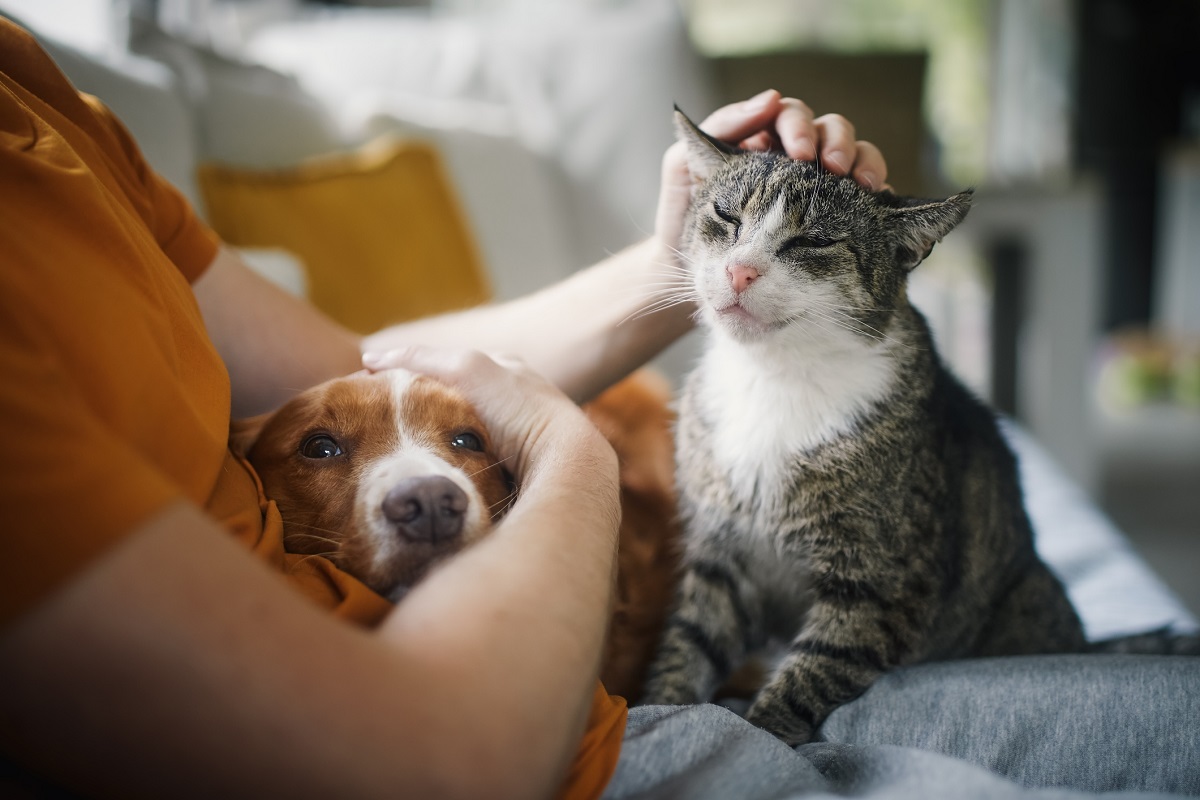Pet ownership in Australia has reached 73 per cent of households, according to the latest Pets in Australia report from Animal Medicines Australia (AMA).
The study found an estimated 31.6 million pets now live in 7.7 million households across the country. Dogs remain the most popular, with 49 per cent of households owning at least one dog, equating to 7.4 million nationwide. Cats are the second most common, found in 34 per cent of homes. Around one in ten households own fish and/or birds, while ownership of other pets has remained steady.
Financial pressures have also led to some pet owners delaying care. Around 18 per cent of cat owners and 14 per cent of dog owners reported deferring vaccinations, check-ups, or treatments.
Ben Stapley, Executive Director at the AMA, said ensuring pets receive the right veterinary care is essential for their health and wellbeing.
“Delaying vaccinations can leave pets vulnerable to preventable diseases, while deferring regular check-ups can mean pet health issues are not identified at an early stage.
“These findings highlight the tough reality for many Australians who are feeling the strain of rising living costs and, in some cases, making the difficult decision to part with their pets.
“It underscores the importance of support services that can help people stay connected with their animals during challenging times – especially given the strong evidence of the mental health benefits that companion animals provide.”
Australians are spending an estimated $21.3 billion annually on their animals. Food accounts for the largest share at $9.8 billion, followed by veterinary services ($1.9 billion), products and accessories ($1.4 billion), and pet insurance ($1.0 billion). On average, dog-owning households spend $2,520 per year, while cat owners spend around $1,656.
The report highlighted that 86 per cent of pet owners believe their pets have a positive impact on their physical and mental wellbeing. However, rising costs were identified as a growing barrier to ownership. Twenty-six per cent of respondents cited ongoing cost as the main obstacle to getting a pet, up five percentage points from 2022.
The study found about 23 per cent of owners had surrendered their pets to family, friends or shelters when they could no longer look after them. Some also turned to alternative sources such as social media, YouTube and Generative AI for pet care information instead of consulting veterinarians.
“To ensure that as many Australians as possible can access the myriad benefits associated with pet ownership, we seek a policy environment that facilitates and supports responsible pet ownership.”
Stapley said this could include more support for vulnerable pet owners, programs for critical veterinary services, and greater national consistency in companion animal policies.
Animal Medicines Australia acknowledged contributions to the report from the Australian Veterinary Association, Pet Food Industry Association of Australia and the Pet Industry Association of Australia.
To stay up to date on the latest industry headlines, sign up to the Pet Industry News e-newsletter.

